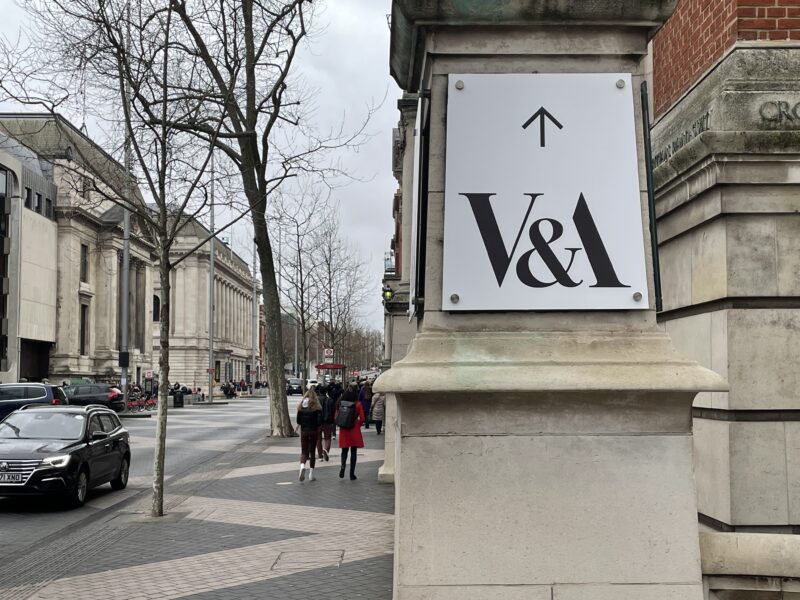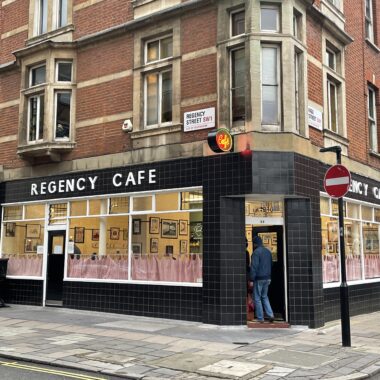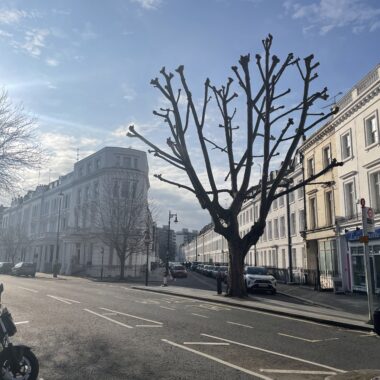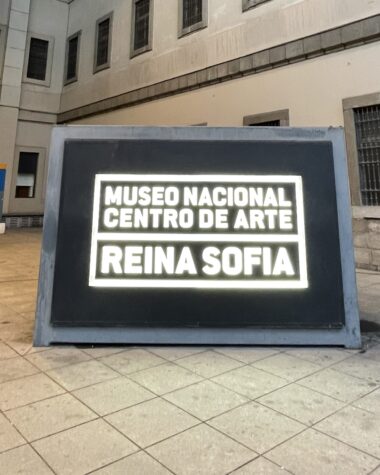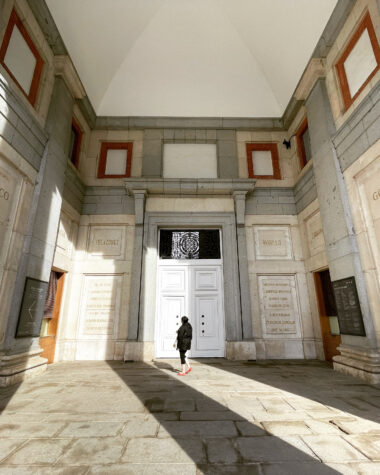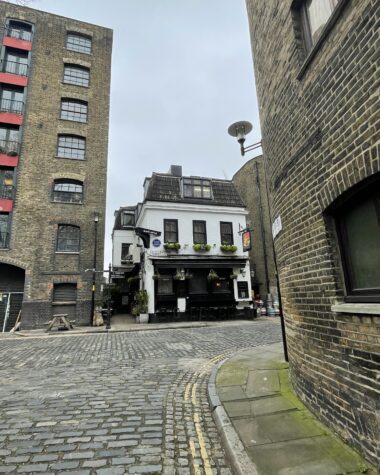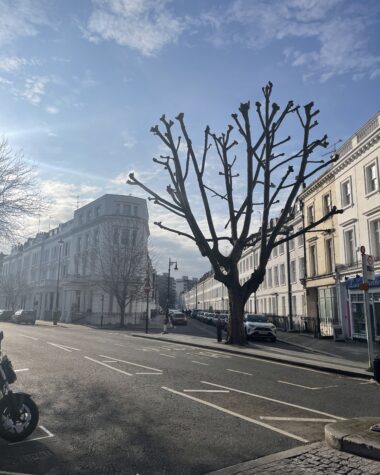Our big trip today was visiting the Victoria & Albert museum in South Kensington, London, UK.
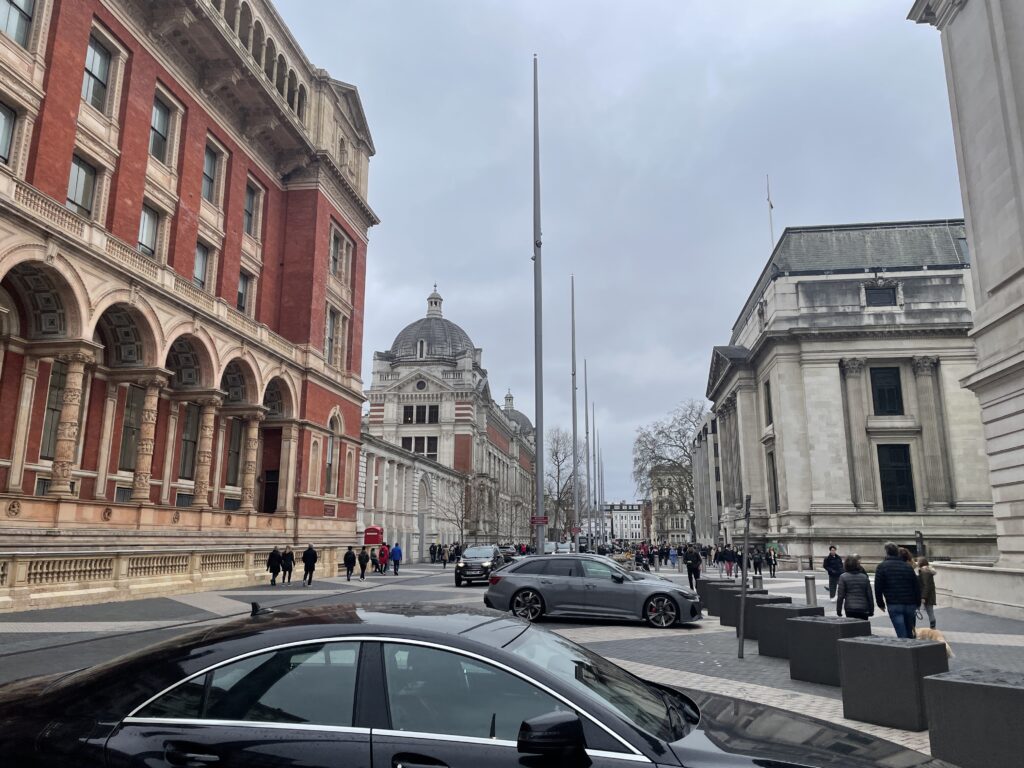



We entered the museum right as it opened at 10am. There was quite a lineup, but it quickly diminished as entry to the museum is free and requires no check-in or registration.
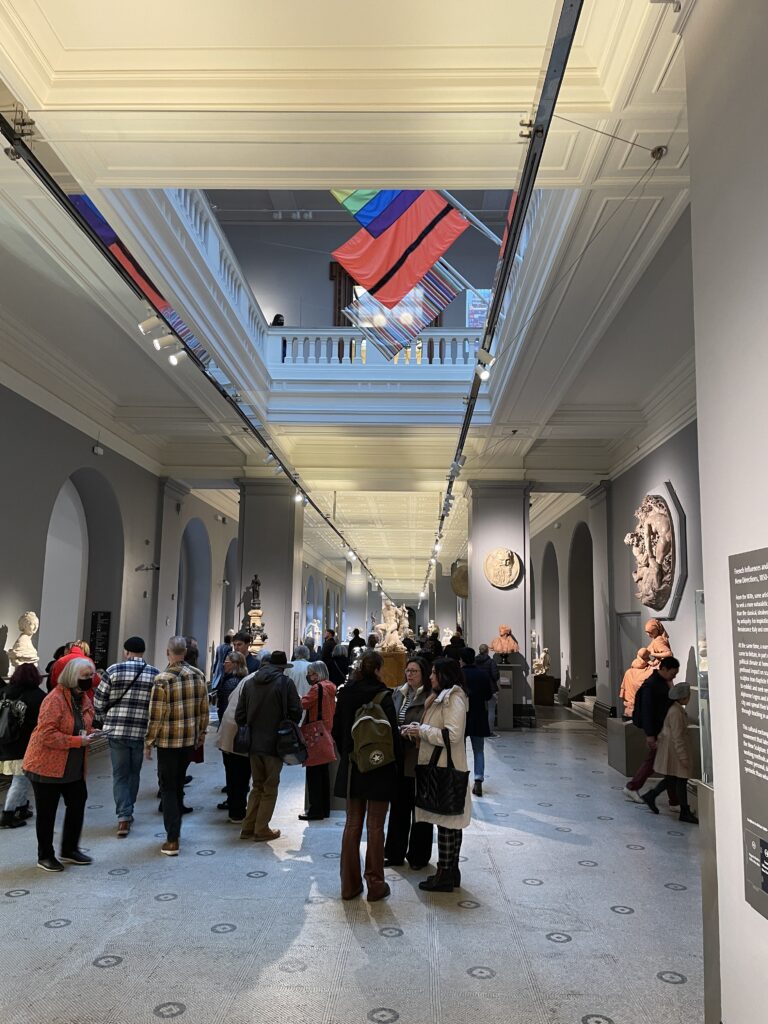
Eric Gill, Inventor of Gill Sans
We first traversed through the sculptures area, which had a number of pieces by Rodin. Amongst these was some carvings by Eric Gill, famous for inventing his namesake typeface Gill Sans. You may recognize Trajan up top.
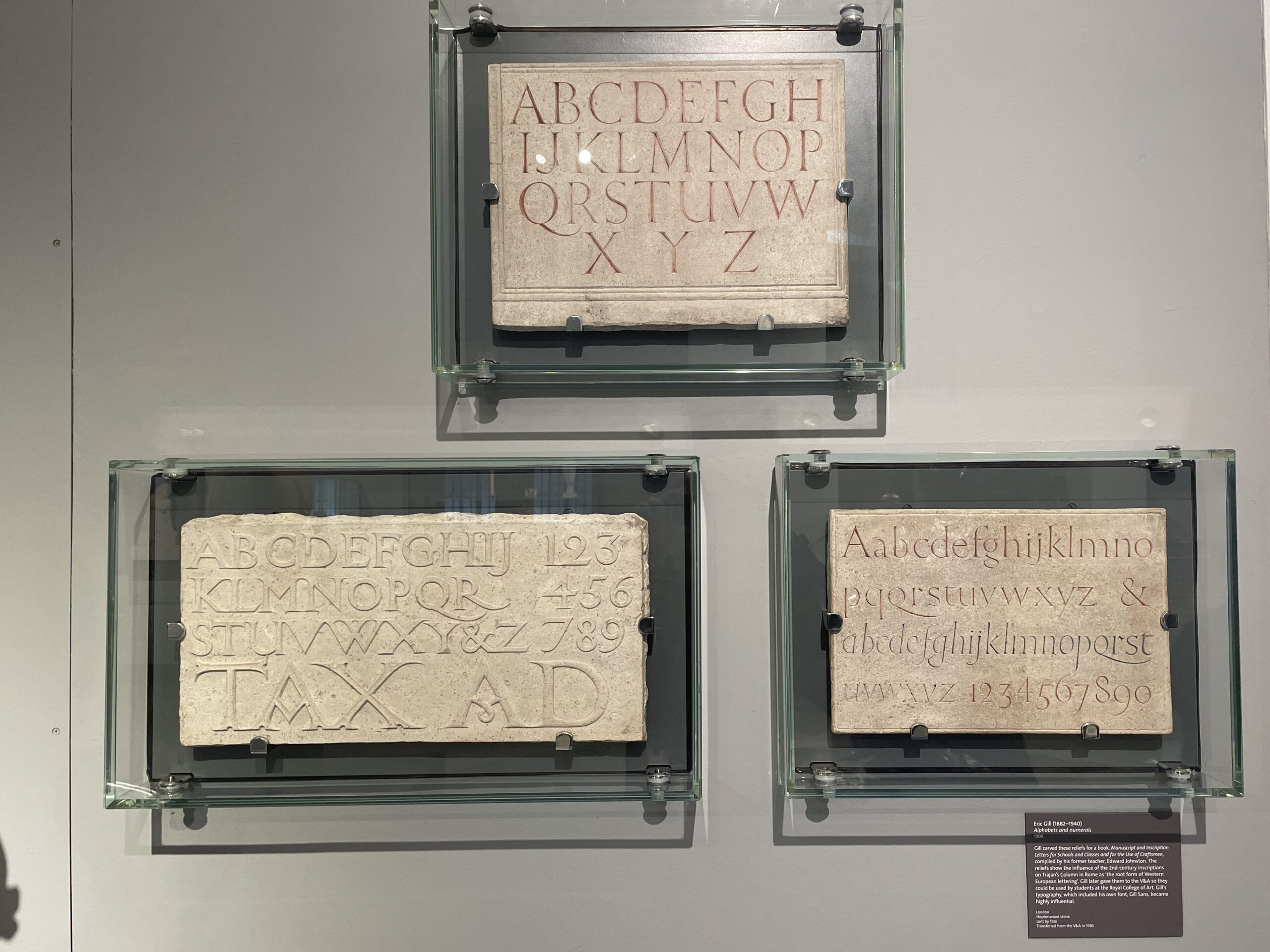
Touring British Medieval History
With so many potential things to see, it was difficult to choose where to start. We decided to dive into British Medieval History on Floor 1, which features art & artifacts dating from 1760 back to 300. This occupied the entire floor, with one half dedicated to 1760-1500, the other half from 1500 to 300. This collection covered a large range of periods and styles, from Rococo to Jacobian to the Renaissance. This particular collection focused on objects more so than artworks – furniture, jewelry, textiles, architecture, interior décor, religious artifacts, and fashion. It took us nearly 2.5 hours to browse through the entire collection, and it did not disappoint. The craftsmanship of the pieces is astounding.
I will not attempt to catalog the works in the museum, nor do I have the knowledge to speak about them with any level of authority, but instead I will simply share images of things that caught my eye.
Norfolk House Music Room – Rococo of the 1700’s
The Rococo style of the mid 1700’s was an exercise in opulent flamboyancy, to say the least. (It may not surprise you to learn the style originated in France.) Regardless, there was a high level of skill and effort put into creating the ornate carved decorations that adorned rooms, candelabras, furniture and picture frames. Each of the motifs of the room below is unique although at a quick glance you might assume it’s symmetrical. It’s about as far-cry from he mass-produced cheapness we enjoy in objects today.



The Stoning of St. Stephen, by Grimling Gibbons
Grimling Gibbons is Britain’s most celebrated wood carver. More than just a carver, however, he was an astute businessman who understood how the ego of the nobility can drive a lucrative career. He made a name for himself decorating the palaces and homes of Britain’s wealthiest and most powerful citizens, including King Charles II, who appointed him as the King’s Carver.
The particular piece which caught my attention is below. It was not produced on commission as far as anybody knows. It’s believed he may have produced this on his own volition, perhaps to demonstrate his skills. Nor is it based on any known composition, so it’s believed this composition was of his own creation.
What’s not obvious from the photo below is the immense size of this carving. It measures 6 feet tall and nearly 4 feet across!
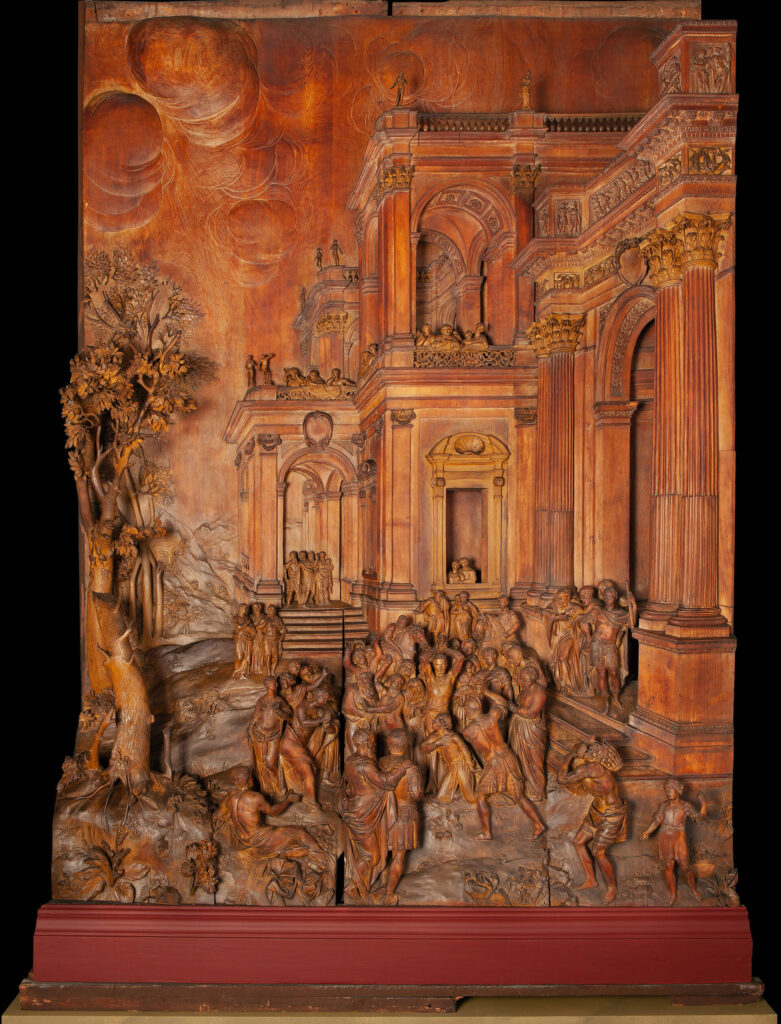





Stained Glass Heraldry
As impressive as everything in this wing was, I would say on a personal level I’m most drawn to the stained glass works, particularly those depicting a Coat of Arms. As a child I was fascinated with medieval-anything, and in particular, swords, castles, and heraldry. To see it here, nearly 500 years later, painted in exquisite detail, is a real treat. I would honestly love to try making something like this (although, as my wife points out, I like to collect hobbies.)




The Museum Itself
The museum is impressive in itself, due to its sheer size and cavernous spaces.



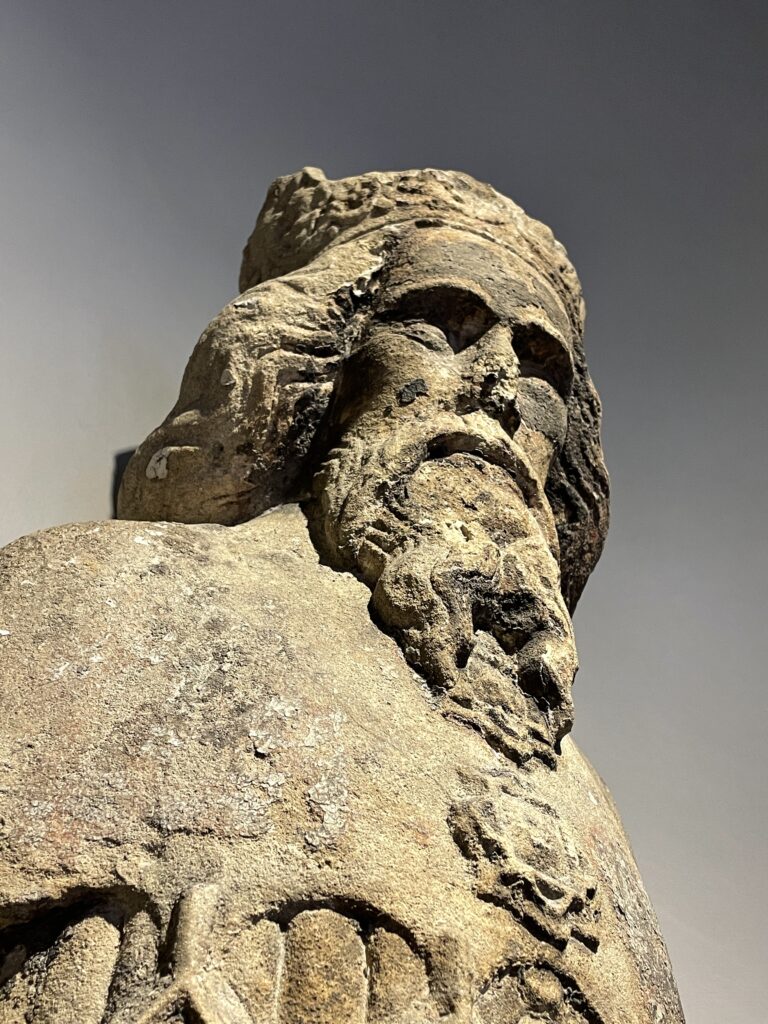
Miscellaneous Pictures & Nearby
In no particular order, some extra photos I took today which I enjoyed, of a few other items and nearby buildings.









